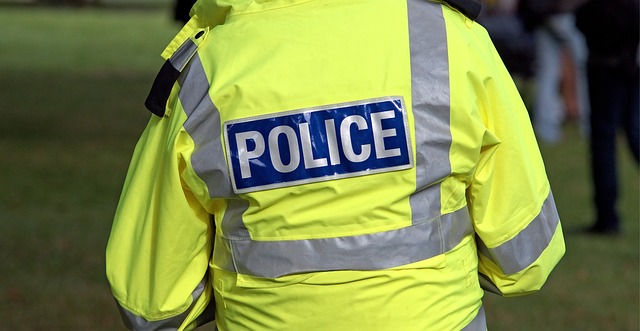BNA Annual General Meeting 2025
1st April 2025
13th Feb 2017
Cognitive neuroscientists at McMaster University have shown that simply wearing a uniform similar to one worn by police officers changes the way people process information, creating a bias towards those considered to have a low social status.
The purpose of the study was to see if the uniform itself had an impact on policing, independent of all other aspects of police subculture, e.g. training. The reason for this was because there has been a great deal of public discourse about bias policing over the years.
In the study, the researchers examined the participants shifted attention through their reaction times during various tasks. In half the trials, the participants wore a police style uniform and were asked to identify a simple shape on the computer screen. During this task the participants were distracted by images of white/black male faces, or men dressed in business suits/hoodies. Their reaction times were measured to compare how long they were distracted by the image being flashed at them. 
The researchers found no difference in reaction times between the white/black faces. This is surprising as a lot of previous work shows many people associate African Americans with crime. However, as this particular study was conducted in Canada, this finding could be due to Canadian and American differences in society.
There was a significant difference found in the reaction times for the suit/hoodie condition. Reaction times slowed when a hoodie picture was shown, indicating that this was attention-grabbing. Critically this bias towards hoodies only occurred when participants were wearing the police uniform.
This research indicates that there is a stereotype that links hoodies with crime and violence. This stereotype may be activated to a greater degree when wearing a police style uniform. Due to the stereotypes, police officers may unconsciously perceive a threat where one does not exist or vice versa.
Further research needs to be done into the effect of wearing a uniform on police officers, to confirm if these results are meaningful.
To read the full article, please visit the Frontiers website